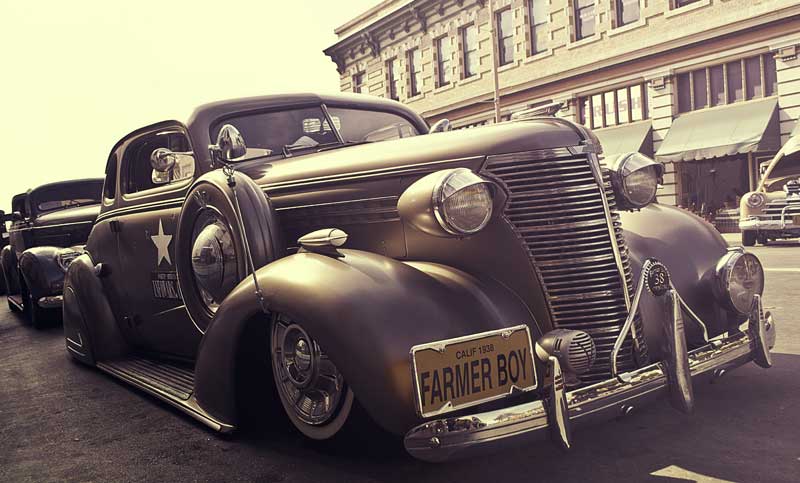Many people with classic cars tend to have them insured on a standard auto insurance policy instead of a purpose-built classic car insurance policy. It’s a common and defensible mistake. After all, it is just a ‘car’, right? While a standard personal auto insurance policy will adequately cover the driver from a liability stand point, it often falls short when it comes to protecting the classic car itself.
Standard auto insurance policies are built to insure a mostly stock, easy to replace, and easy to value vehicles. If you are in an accident in a 2014 Chevy Silverado there is a high likelihood that you and the insurance company will generally agree on what the actual cash value (market value) of the Silverado was just before it was in the accident. The value is easy to come by after-the-fact. But, if you crash a blown 1970 Chevy Camaro SS with 15,000 original miles and a custom paint job that you and your son spent over 100 hours on yourself, it may be difficult to get the insurance company to see your side when it comes to the value. To the insurance company, the car had depreciated and may only be worth half of what you think it is.
The Agreed Value endorsement in a classic car insurance policy solves this problem.
Agreed value car insurance does what it sounds like. When the policy is written, and periodically thereafter, the insured and the insurance company come to an agreement on what the car is worth. The policy is written with that agreed value as the insurance limit. Then, if the car is a total loss, the policy promises to pay out that agreed value. Depreciation is not considered.
In the event that cherry 1970 Chevy Camaro SS isn’t totaled, but instead needs a new front end, a classic car insurance policy will guarantee that your car is put back together the way you built it. Not the way the insurance company prefers. A good classic car insurance policy will have a “special parts” endorsement. This endorsement guarantees that the insurance company will use OEM parts or the exact parts that were on the car at the time the damage occurred. Most standard auto insurance policies only require the insurance company to repair the car with “like parts”. Meaning that original 1970 Chevy upper control arm that you spent two months scouring the internet to find may be replaced with one from Napa.
Most of our clients are surprised at the low rates they pay for their classic car insurance from us. Often times classic car policies are much less expensive in regards to the amount of coverage given. A standard auto insurance policy rates vehicles assuming the car will be driven a normal amount, roughly 12,000 miles per year. But your classic car sits in the garage most of the time. Classic car insurers know this, and they reflect it in their rates.
When you place your classic car insurance with a specialized carrier some consideration does need to be spent on the rest of your policies. If you carry an umbrella insurance policy, that carrier needs to know about your classic car insurance. And your classic car insurer needs to know about your primary car insurance. For this reason, it’s best to work with an independent agent that can handle your entire insurance portfolio to be certain all the pieces fit and work in unison.
Give us a call. We will gladly answer any questions you may have.







Get Social